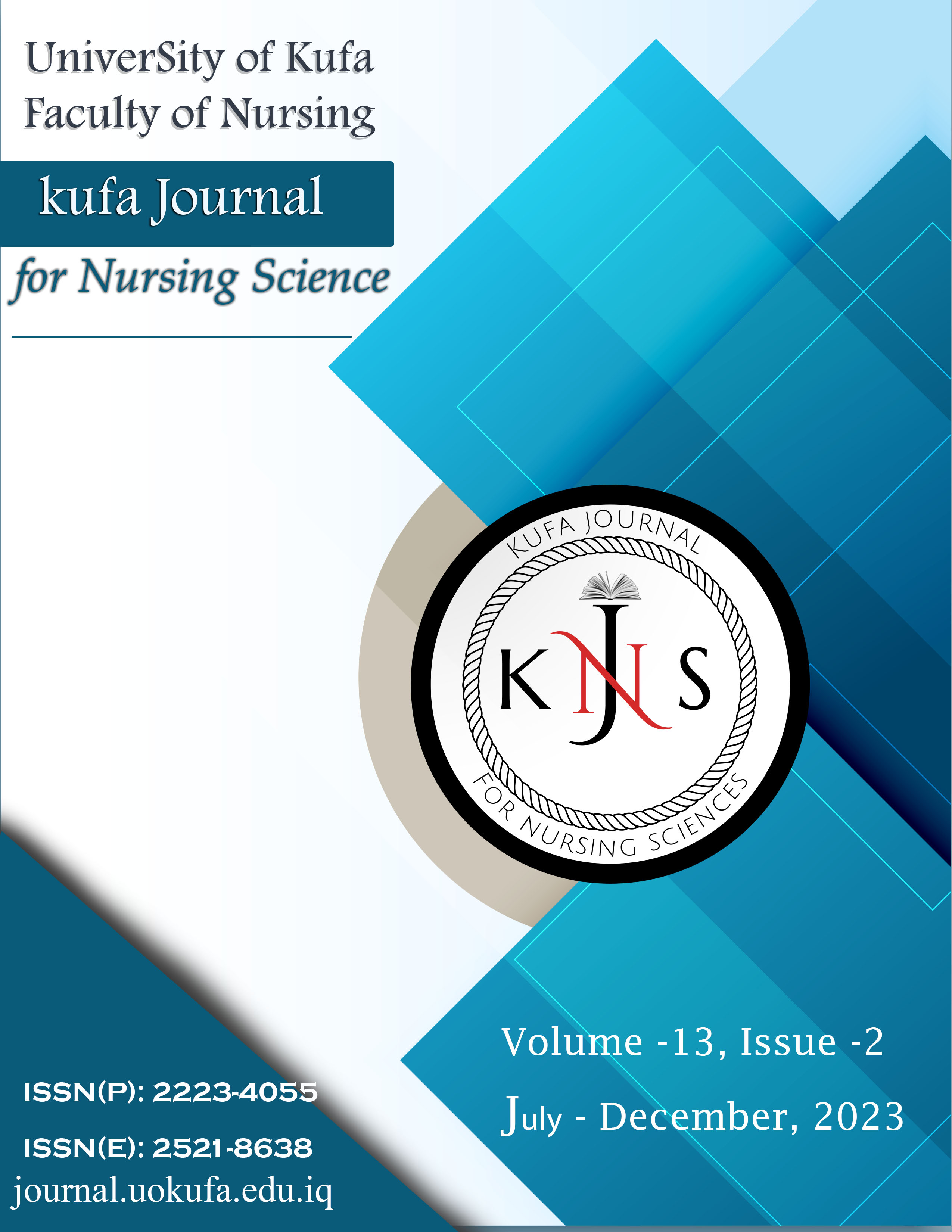Effect of blood flow restriction low resistance exercise on hemodynamic for coronary artery disease patients: Randomized Control Trial
DOI:
https://doi.org/10.36321/kjns.vi20232.12886Keywords:
Keyword: coronary artery disease, blood flow restriction low resistance exercises, hemodynamic.Abstract
Background: Coronary artery disease (CAD)، also known as ischemic heart disease (IHD) or coronary heart disease (CHD)، continues to be a leading cause of mortality in industrialized nations despite the tremendous advancements made in recent decades in the treatment and prevention of CAD. During physical activity or as part of ischemic preconditioning, the blood flow restriction low resistance (BFRLR) technique involves applying high pressure with a tourniquet, to the proximal part of the limb (arm or leg) in order to reduce arterial blood flow and shut down venous blood flow (Wilk et al., 2022).
Objectives: To determine the effectiveness of blood flow restriction low resistance exercise on the patients with coronary artery disease.
Methodology: A randomized control trial was performed on 100 patients referred for (the cardiac rehabilitation unit, and consultation) for AL-Najaf Center for Cardiac Surgery and Cardiac Catheterization. Patients were selected through non-probability (purposively) and were randomly assigned into two groups of (50) patients in each group. The study group has been exposed to blood flow low resistance restriction exercises by the researcher. The group that has not been exposed to blood flow low resistance restriction exercises by the researcher is considered the control group. The study started from period 9 th February 2023 to 6th July 2023.
Results: The results of the study showed that there is a significant difference between the study group and the control group post the blood flow restriction low resistance exercise.
Conclusion: The study result stated that the patients in the study group who received the blood flow restriction low resistance exercise had a decrease in (heart rate, and blood pressure), and improve Spo2 compared to the control group.
Recommendations: Nursing staff should be trained on how to deal with patients with coronary artery disease in cardiac rehabilitation centers through interest in such programs of blood flow restriction low resistance exercise
Downloads
Downloads
Published
How to Cite
Issue
Section
License
Copyright (c) 2023 Zaman G. Ghazal Al-Mimar, Mohammed A. AL Kareem, Husham K. Mohammed

This work is licensed under a Creative Commons Attribution 4.0 International License.













